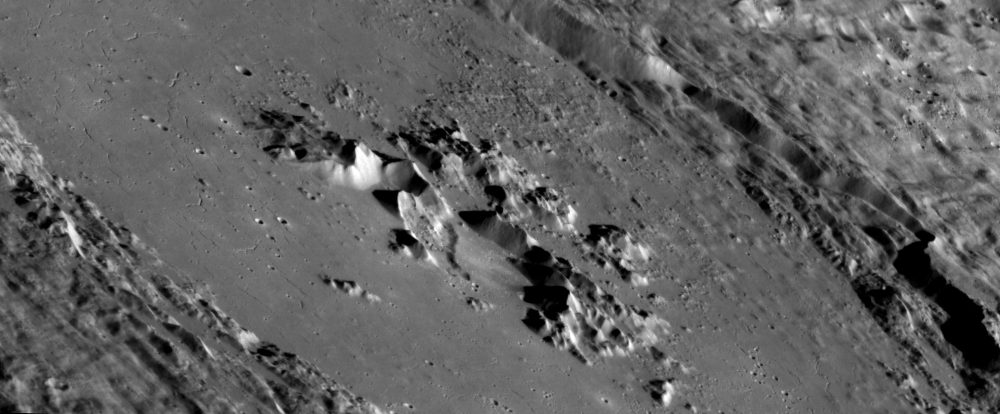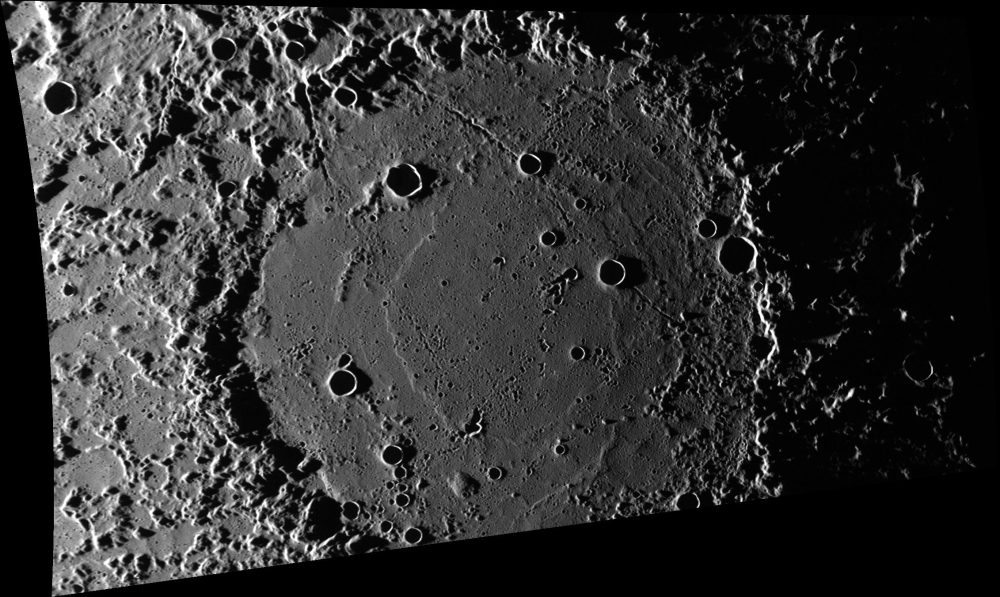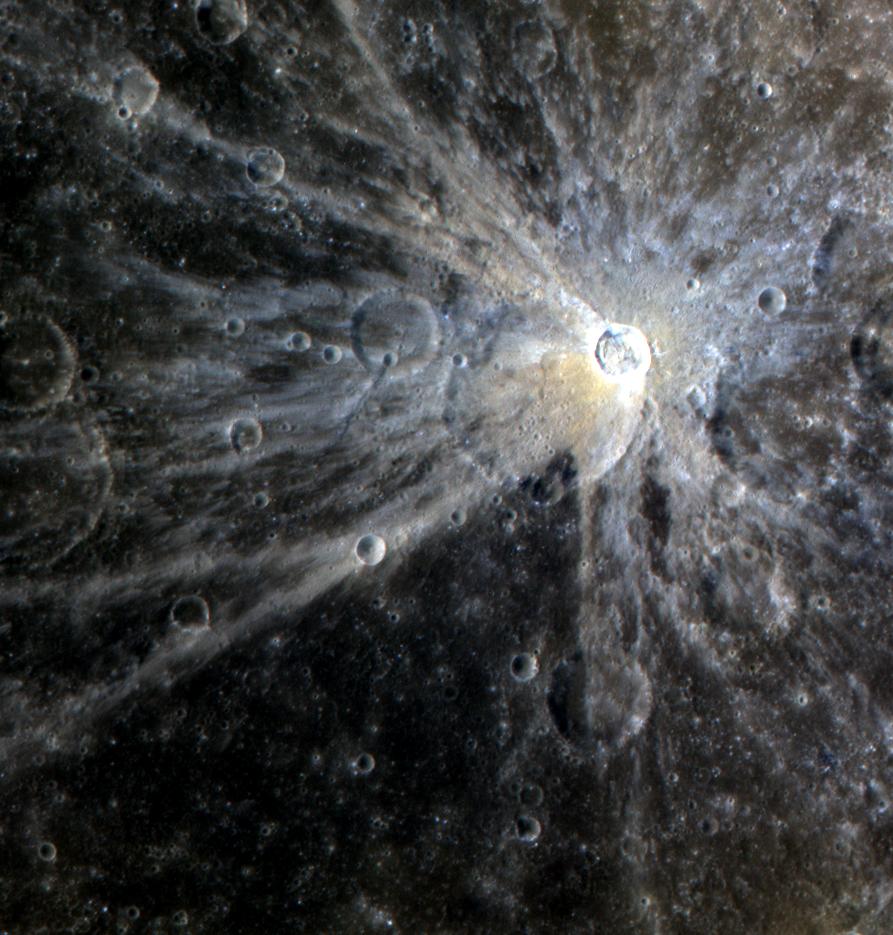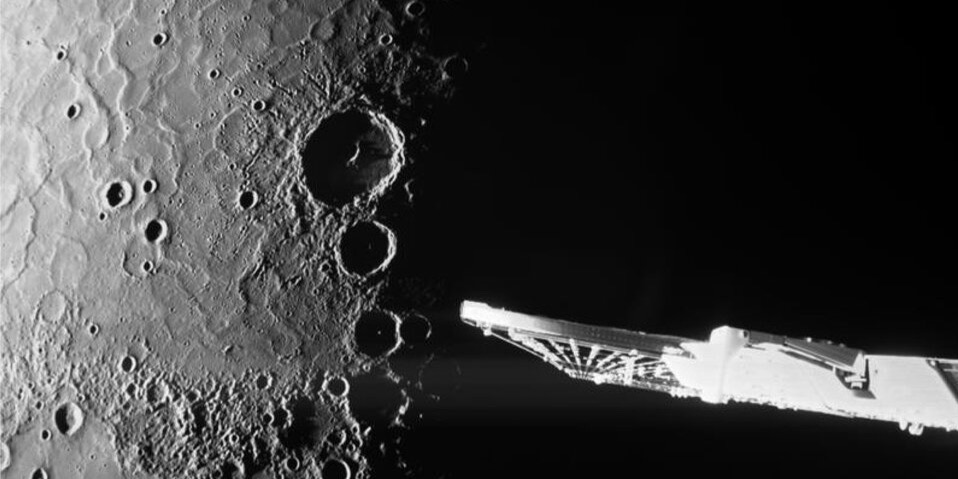Mercury

"The swift planet"
Mercury, named after the Greek God of commerce, is the smallest planet in our solar system. Often referred to as “the swift planet” due to how quickly it orbits the sun. Its surface closely resembles the surface of our moon, scarred with impact craters and vast basins. There are also extremely tall cliffs, some up to a mile high.
The planet remains largely unexplored, with no actual landings by mankind. However, a handful of missions have performed flybys of the planet. Flybys have been made by the Mariner 10, MESSENGER, and BepiColombo missions.
Traditional life here has been deemed extremely unlikely due to the harsh conditions. This includes very high temperatures and high levels of solar radiation.
Important Stats
- 1st planet from the Sun (32 million miles)
- 0 moons
- 3,032 miles in diameter
- 2 degree axis tilt
- 88 day long years
- 30% of Earth’s gravity (3.7 m/s²)
- Average temperature of 800 degrees F
- No atmosphere. Exospheric makeup of mostly oxygen, sodium, hydrogen, helium, and potassium
Moons
Surface Photos






